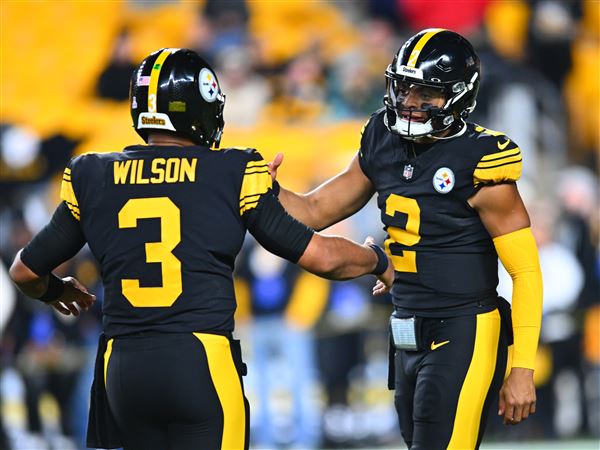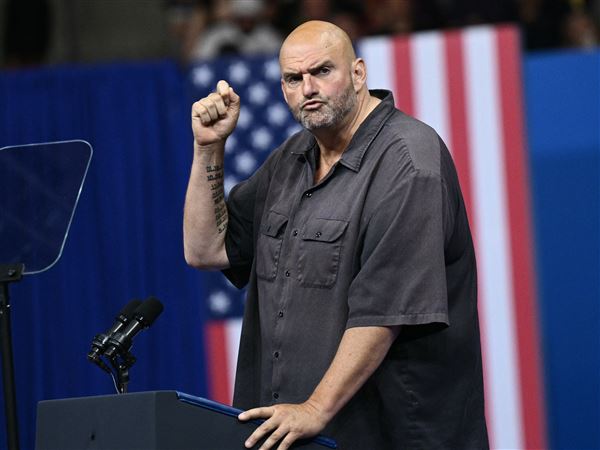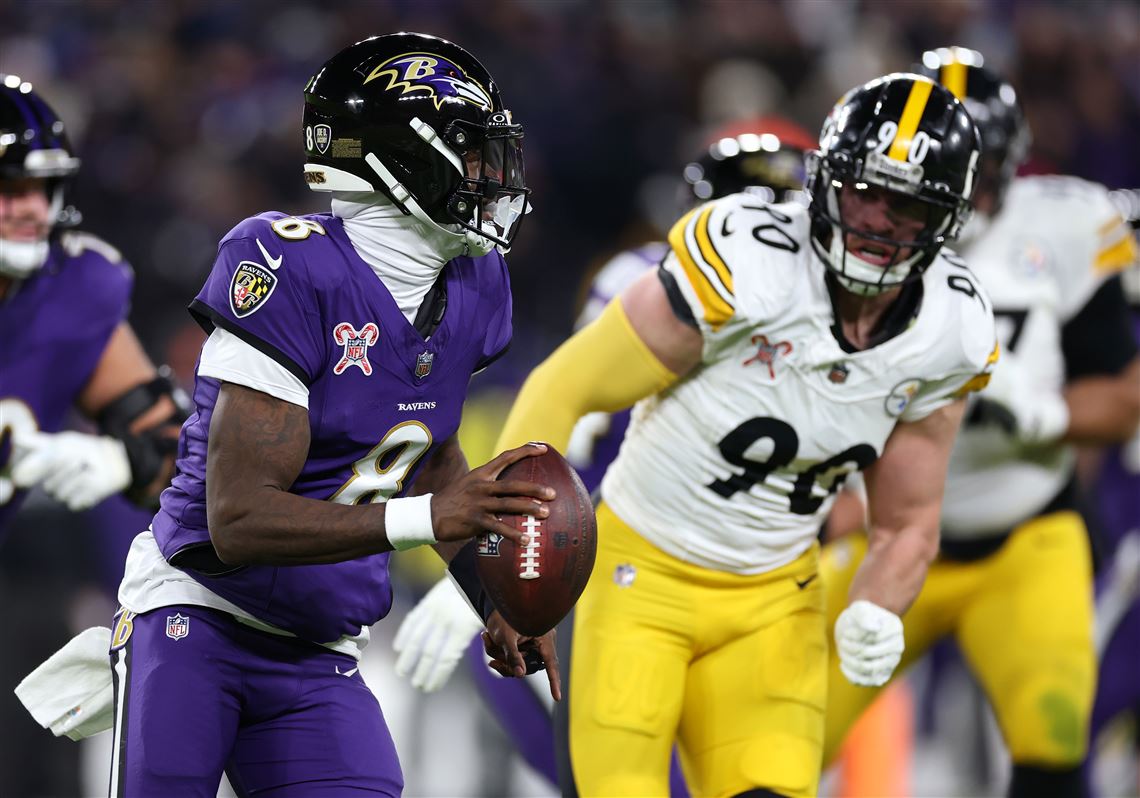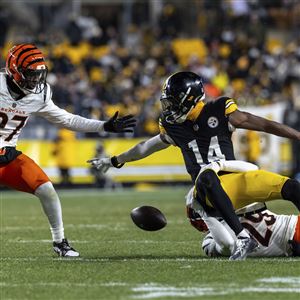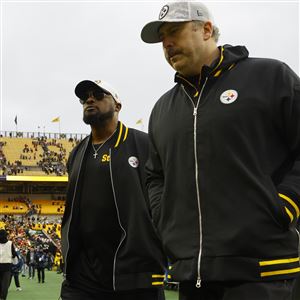Each week, the Post-Gazette will recap the most interesting Steelers player grades released by Pro Football Focus, the scouting website that evaluates players’ performance on every play of every game. For context, players are graded on a 0-100 scale.
T.J. Watt (91.7 regular season)
If you go by overall grade, then the decorated veteran pass rusher is the same game-breaking player he’s always been. His mark this year was the second highest of his eight-year career and put him No. 3 among EDGE defenders league-wide, behind only Detroit’s Aidan Hutchinson (94.7) and Cleveland’s Myles Garrett (92.3.)
The underlying stats, however, point to some level of decline, with fewer pressures sticking out as the most glaring issue. His 57 this year was his fewest over a full season since 2018 when he had 52. That number was 86 in 2023, and he averaged 77.25 in every mostly healthy season since 2019. (He played just over half his normal snaps during an injury-riddled 2021 campaign.)
His 12 sacks were his fewest in any season, excluding ‘21. And he didn’t have any in his last four games, including the NFL playoffs loss to the Baltimore Ravens this past Saturday.
His missed tackle percentage of 17.2 was his highest over a mostly healthy season since 2019. His two batted passes were tied for a career low with his 2019 campaign. And he registered just 39 stops, which PFF defines as tackles that result in failure for opposing offenses. He totaled 49 last year and averaged 45.3 in his previous three mostly healthy years.
Still good for almost anyone else, but a noticeable step back within a defense that’s arguably become too reliant on Watt’s at-times Herculean efforts.
Russell Wilson (78.7 for full season)
Much will be written and said about the nine-time Pro Bowler’s failure to change this team’s overall trajectory from last season — especially as he’s likely to seek over $100 million in free agency this offseason.
Putting aside those big-picture conversations, Wilson was a clear upgrade on what this team had at the position, not just in 2022-23, when Kenny Pickett, Mitch Trubisky and Mason Rudolph split starting duties. But also on the final three seasons of Ben Roethlisberger’s likely Hall of Fame career.
His overall grade was the highest for a Steelers QB since 2017, and he ranked 12th among all NFL signal callers with at least 300 dropbacks from his Week 7 debut through the end of the regular season.
His 22 big-time throws – graded by PFF as among the best throws league-wide in a given week – ranked eighth among that cohort. And his 6.3% big-time throw percentage ranked fifth, while his 1.7% turnover-worthy play percentage was tied for fourth-lowest in the league.
His average depth of target (ADOT) ranked 10th at 8.5 yards per pass. His adjusted completion percentage – which factors out drops – ranked sixth. And his 2,604 passing yards ranked ninth.
Pretty much any way you slice the numbers, he belonged in the upper middle class of NFL QBs, and unless the Steelers summon a way to acquire an elite one, he’s probably the best they can reasonably hope for over the next 2-3 years.
Minkah Fitzpatrick (65.2 overall grade)
The numbers deconstruct almost every defense his fans have built to excuse his lack of productivity despite being one of the highest-paid safeties in the league.
We’re often told how much Fitzpatrick “takes away the middle of the field,” but he ranked 15th among 26 safeties with at least 1,000 snaps played in targets. His 402 passing yards allowed when targeted were seventh-most within that cohort. His 12.2 yards allowed per reception were tied for 12th most. And only four players in the group had fewer than his one pick.
Simply put, there’s little evidence to suggest that opponents actually feared throwing his way to any real degree.
We’re also told what an asset Fitzpatrick is in run defense with his ability to step up almost as an extra middle linebacker. But that notion is, for lack of a better term, total ‘BS.’
His 14 stops — again, defined as tackles that result in failure for opposing offenses — ranked 20th among those heavily used safeties. Only five players had fewer, and 11 players at least doubled his total. Arizona’s Budda Baker led the group with 55. Those numbers make his 77 tackles ring fairly hollow, suggesting the vast majority were mop-up plays.
We’ll say again what we’ve said all season in this space. He’s not a bad player overall. He’s probably a net asset to this defense if you remove his gaudy salary from the conversation. And we won’t dispute the notion that his game pops better on film.
At some point, however, measurables need to matter when your contract counts more than $20 million against the salary cap at a position where good players can be had for a fraction of that — especially when the defense around you crumbled as badly as this one did down the stretch.
First Published: January 14, 2025, 4:27 p.m.
Updated: January 14, 2025, 4:46 p.m.



